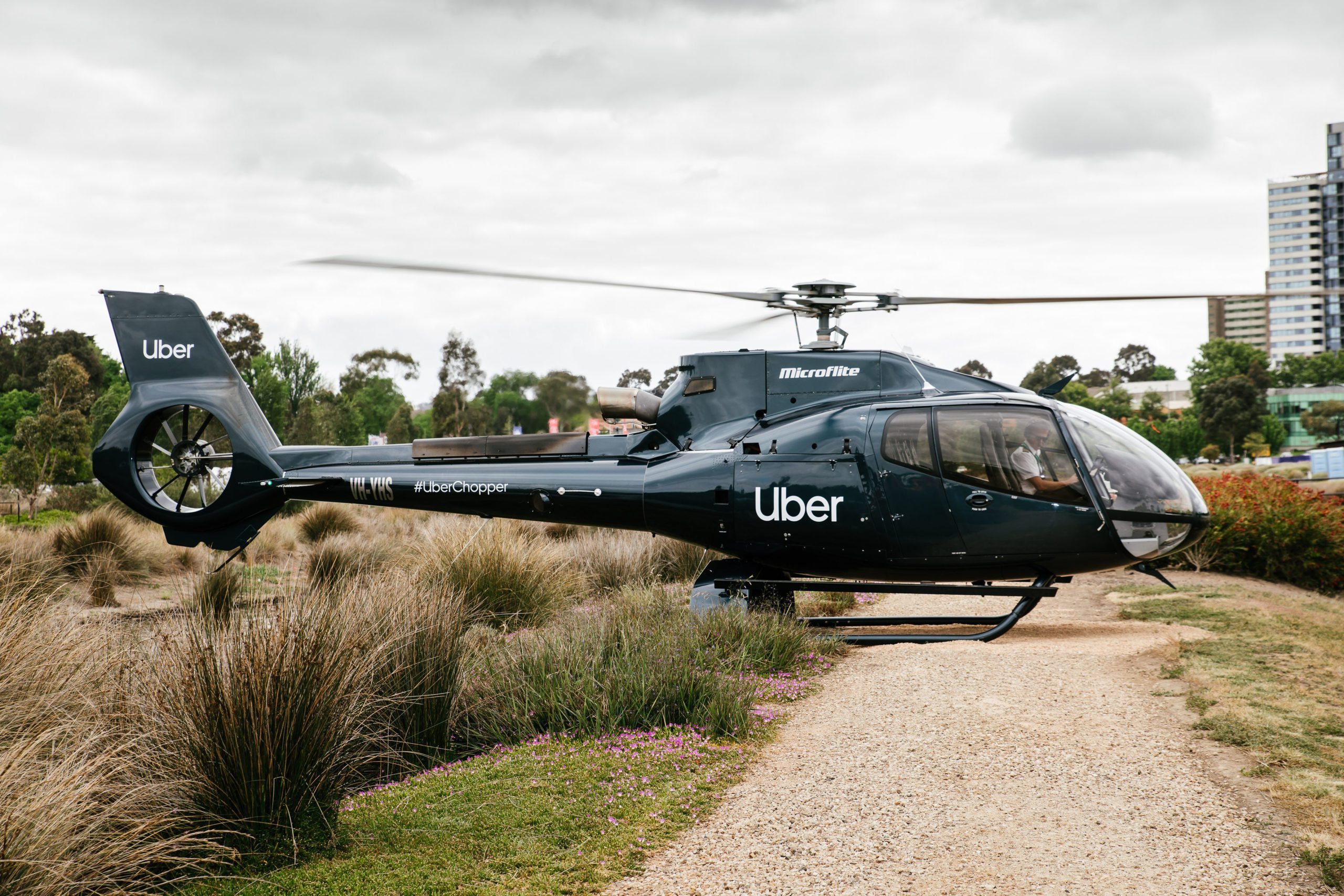We’ve been talking a lot recently about how consumer expectations are changing. Primarily due to mash-ups, partnerships, and technology which are enabling previously unrealistic products and services.
I saw a brilliant example of this happening last weekend which really encapsulated how a range of consumer behaviours/traits have evolved. But also how these changes are affecting our expectations across the board with all companies we choose to use.
Table of contents:
How uber stole christmas
Last weekend Uber ran a lovely little PR campaign. They offered a real 5ft Christmas tree for just £10 (around £20-£40 under the price of the tree alone) with delivery to your door in around 10 minutes. WOW.
I’ve never had a real Christmas tree. I don’t own a car (I live in a flat in Manchester city centre) and I don’t own a single Christmas tree decoration. But this offer was too good to pass up and more than anything, I wanted to see what happened when I tapped the button. I didn’t even really want a Christmas tree but as the saying goes, ‘curiosity killed the cat’, which is ironic considering we found out that Christmas trees are toxic to cats and my mog is a tree-eating maniac! (He’s fine – no cats were harmed in the writing of this post).
After a bit of back and forth about whether we should get one, I swiped to “trees” and requested it. I became overwhelmed with the Christmas spirit, which for those who know me, is unusual. At the time of order, I was unashamedly still in my PJs and in the time it took me to throw on some clothes my Uber delivery was outside! My husband and I were really chuffed and told everyone we knew about our Uber Christmas tree because who wouldn’t get excited about getting a beautiful tree delivered to your door in 10 minutes! Pretty cool.
This got me thinking about how my expectations of companies have changed and continue to change everyday with experiences like this. Here are a few themes I’ve noticed and some tips on how to keep up with such rapidly changing expectations.
Learnt behaviours
We’ve probably all experienced getting nowhere when something goes wrong. We’ve all called a customer services line and been put on hold for 20 minutes before speaking to someone. But things have changed; savvy consumers know that through the likes of Twitter, most companies aim to respond to complaints within minutes (AO.com aim to respond within 10 minutes!).
But it’s not just the response times that have changed; through social media channels, we’ve been “rewarded” for complaining making us more likely to complain. Companies are more likely to react favourably and go further to please us when were tweeting publicly about being unhappy. Despite the Uber Christmas tree being a limited promotion, there were quite a few angry tweets aimed at Uber over the weekend when people weren’t able to get a tree. In the past, I don’t think I would have spent 20 minutes on the phone to their customer services department to complain (rather unfairly) that I didn’t get one of their promotional items. Today however, sending a tweet to Uber with the likelihood they will go above and beyond to get me a tree and turn my vocal unhappiness into happiness, is something I’m more likely to try.
Outside of the Uber example, consumers are learning new behaviours from the way we build marketing campaigns online. The above advert from Barclays even recommends not purchasing items you’ve added to your basket as a lot of retailers have re-marketing campaigns which offer a discount to those who have left the site with items still in their basket. Again, changing the way we shop online.

Top Tip: Ensure everything you do is transparent. In the Uber example, being clearer upfront on the number of trees available on the promotion with a live counter to show how many were left as they were delivered, could have helped to prevent the frustrated backlash. Also, don’t think your consumers are stupid – be careful how you incentivise and reward certain behaviours – make sure it’s a behaviour you want to encourage.
MORE THAN JUST A TAXI COMPANY
Putting aside the PR issues Uber has had, for the majority of its unwitting users Uber is creating great brand experiences, things we can connect with, and traits we want to be aligned with. Fans.
Consider this for a moment; when was the last time you loved a taxi company? You might have liked the odd driver and thought they offered a good service, but did you talk about it down the pub and show your friends? That’s because Uber isn’t a taxi company. Its brand and marketing make it more than that. As one tweeter above said – it’s a great lifestyle app.

Top tip: To survive in 2022 (no matter what your business is), think about how you can enrich your customers lives. Provide memorable experiences. Don’t just offer them what they want; go above and beyond what they expect from you. Think Mini, AO.com, Innocent Smoothies, Ocado etc.
Faster, faster, faster
If I can get a Christmas tree delivered to my front door in under 10 minutes, why do I have to wait 9 weeks for my sofa to be delivered from a warehouse in Birmingham?
An interesting study from Uber themselves shows that in cities where Uber has been, people have become less patient when ordering taxis. Uber is actually shifting our tolerance and expectations about how long is “too long”; a worrying trend for any business that delivers their products to consumers. Amazon itself has taken notice, spurring on their advancements to make deliveries even quicker with a range of trials from drones to paying ordinary people to deliver packages.
But it’s not just Amazon and Uber leading the way. High street retailers are also forging ahead, with Schuh having 13 different delivery options (including Sunday deliveries), one-hour buy and collect and 90 minute shuttle delivery. AO.com offer next day delivery on over 3500 products up until midnight the day before.
Anything is possible

Yes, Uber Chopper is what you think it is. A helicopter transport service as an alternative to your UberX and XL (currently available in Dubai). For a lot of businesses, innovations are limited by short-sightedness. “How could we ever do that?”, “that will never scale!”, “How could we make money doing that?!” I’ve seen it and heard it a hundred times. I think these were probably the damning words from the blockbuster execs. Don’t be limited by what you think is possible and don’t think about it in isolation from your current market.

Top Tip: Got a great new idea for a product extension or servicehttps://purplefire.io/conversion-rate-optimization/? Get something spun up quickly and then use A/B testing to gauge your consumers appetite and validate your idea before investing any capital into it. This way you’ll be able to get a business case behind your idea as well as feedback from your customers as to whether it works for them or how you could improve it.








